#hong kong
Text
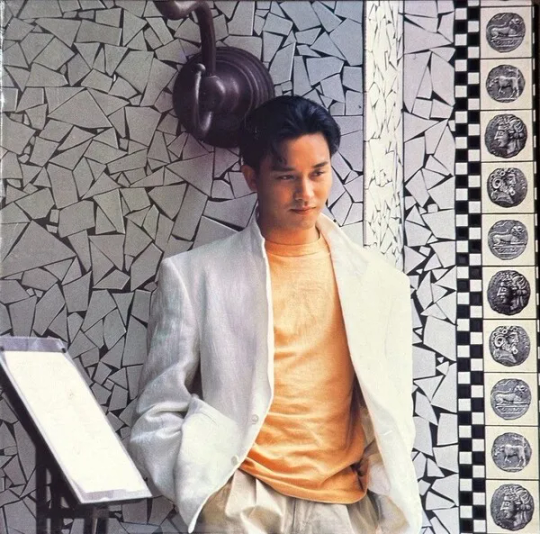
74 notes
·
View notes
Text
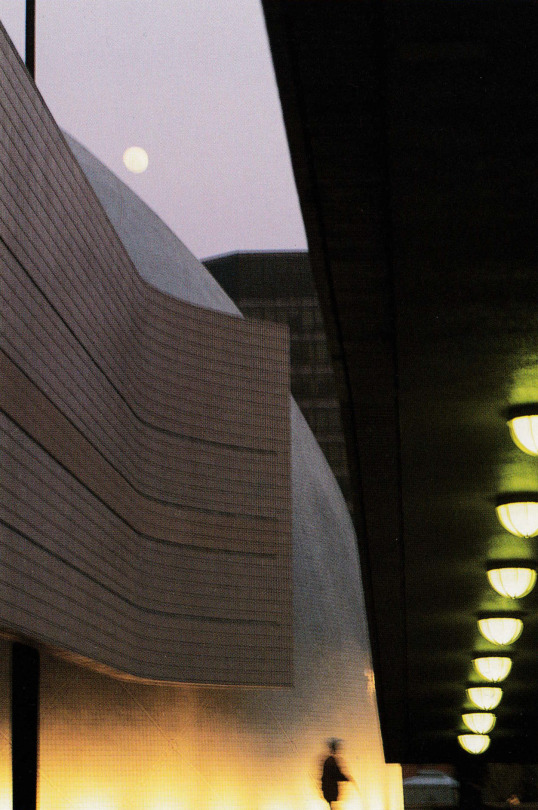

The Space Museum in Kowloon and a narrow alley in Wan Chai. From 'Eternal Hong Kong', early 90s.
Scan
21 notes
·
View notes
Text

Mikko Takkunen. Hong Kong
18 notes
·
View notes
Text

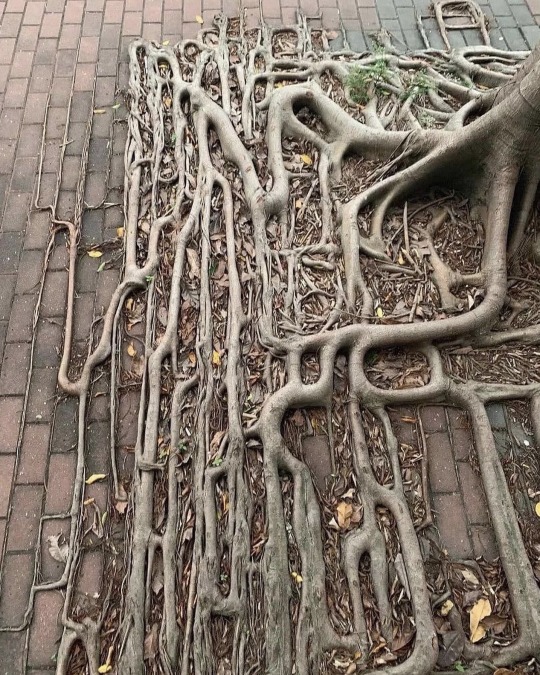
Banyan tree roots in Hong Kong
13K notes
·
View notes
Text


Full article here. Please give it a click to support this kind of journalism! (I snipped out the highlights for a shorter read)
The state of Utah in the United States has no citizenship requirements for marriage licenses, and Utah County is the only place there that allows international couples to register their marriages online. Since the county rolled out virtual weddings during the Covid-19 pandemic, it became a wedding haven for same-sex couples who are not able to officially marry in their own countries.
As sexual minorities in China face suppression at home, Utah County is allowing them to officially marry and celebrate their love — all for around $100. Although the marriages aren’t recognized in China, some 200 same-sex couples from mainland China and Hong Kong have gotten married via the county’s digital marriage license system since 2021.
For authorities in Utah County, the influx of international couples came as a surprise. The Utah County and Auditor’s Office moved its marriage licensing service online, as part of a digitization initiative in 2019. At the start of the pandemic, a number of couples requested Zoom ceremonies, and the county made those available as well.
The service first attracted couples in Utah, followed by people from across the U.S., and later, from all over the world. From May 1 to September 20 this year, at least 77 same-sex couples with mainland Chinese addresses have been married there, said county deputy clerk Russ Rampton, who oversees marriage licensing, to Rest of World.
Although same-sex marriage remains illegal in Hong Kong, under a different set of laws to mainland China, residents who get married in other places are able to apply for dependent visas in the city for their partners. Married gay people are also able to mark themselves as married in tax filings.
In his vow, however, [one marriage certificate applicant] Zhu said he was looking forward to getting married a second time — in China. “If one day our country allows this, I hope we could get married again in this country,” Zhu said to his husband before they kissed.
**
Marriage equality does not stop in the West.
#lgbtq#queer#marriage equality#gay rights#lgbtq rights#utah#china#hong kong#international marriage equality#i'm not an emotional person but i saw this and almost started crying#this is so heartwarming but heartbreaking at the same time#and from utah of all places#God truly loves the gays after all huh
48K notes
·
View notes
Text



Tsuen Wan Drainage Tunnel, Hong Kong
2K notes
·
View notes
Note
Do you know if pride flags are universal? Just wondering if any other countries use flags that have been created there. I'm guessing not because I think maybe we'd see them on Tumblr, but I also realize that lack of evidence on Tumblr doesn't make that a certainty☺️ anyway, I thought this blog would be a good place to ask. Also, I guess where were all the current standards designed?
Depending on what one thinks of in regard to pride flags (the progress flag, the rainbow flag, the asexual flag, etc.) they are fairly universally used. There is photographic evidence of them being used globally to represent queerness around the world!
That being said, there are customizations galore, both to represent individuality and intersectionality. This can mean similar colours but different configurations, additional elements added to flags, or multiple flags melded.
Flags in general usually start with an individual design from an individual person, such as the rainbow flag by Gilbert Baker. But localizing the rainbow design to represent a more specific intersection of identities is relatively common!
While researching, I found this great resource for localized versions of the rainbow flag and their individual uses and meanings: https://www.crwflags.com/fotw/flags/qq-rb_v.html
Here are some that I enjoyed learning about!
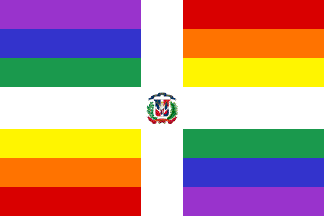
Dominican Republic gay pride

Hong Kong LGBT Flag

Lebanese gay flag (Lebanon)

LGBT Flag (South Korea)
I want to thank you for asking this because researching it was an enlightening experience for me! I enjoyed learning about it and am excited to share this information!
#queer history#queer#lgbt#lgbt history#gay history#answered#lesbian history#transgender history#transgender#making queer history#south korea#queer south korea#lebanon#queer lebanon#hong kong#queer hong kong#dominican republic#queer dominican republic
4K notes
·
View notes
Text

Maggie Cheung on the set of Wong Kar-wai's In the Mood for Love (2000).
#maggie cheung#wong kar wai#fallen angels#chungking express#2046#tony leung#takeshi kaneshiro#faye wong#ashes of time#days of being wild#as tears go by#my blueberry nights#movies#irma vep#criterion channel#janus films#chinese film#hong kong#cinematography#romance drama#films#french cinema#cinema#cinephile#80s movies#california dreaming#hotel california#best movie#love#movies aesthetic
3K notes
·
View notes
Text

Glenealy, Hong Kong
1K notes
·
View notes
Photo

'Wild Concrete #58' Hong Kong, 2013. Romain Jacquet-Lagrèze. Chromogenic print. (however long I’ve been posting here, that’s how long every spell checker says ‘chromogenic’ is either not a real word or it’s spelled incorrectly).
#photography#hong kong#ASIA#color#Architecture#culture#ruins#urban landscape#city scenes#photographie#foto
4K notes
·
View notes
Text
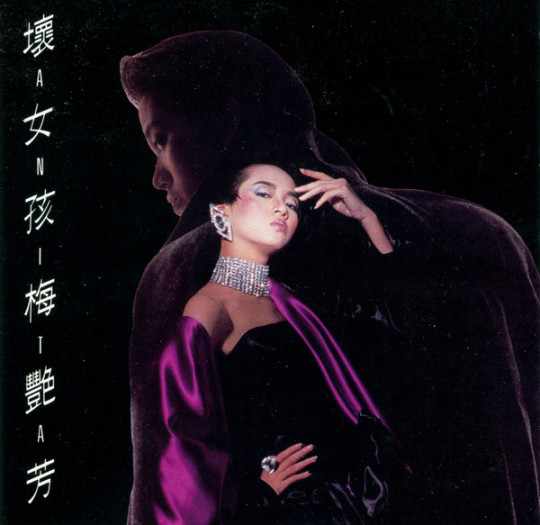
43 notes
·
View notes
Text

Hong Kong Butter Cookies
#hong kong#butter cookies#cookies#baking#asian#christmas#recipe#tea time#dessert#constellationinspiration
1K notes
·
View notes
Photo
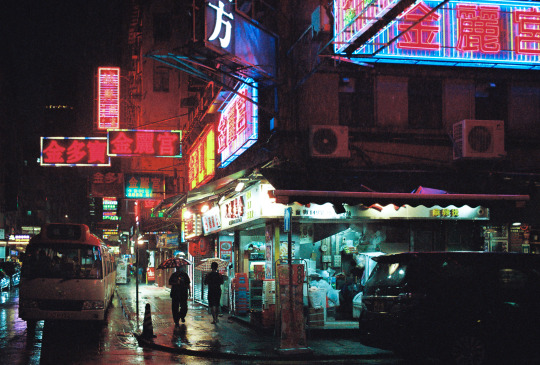
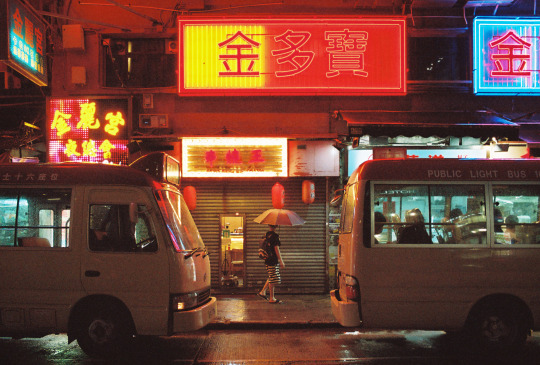
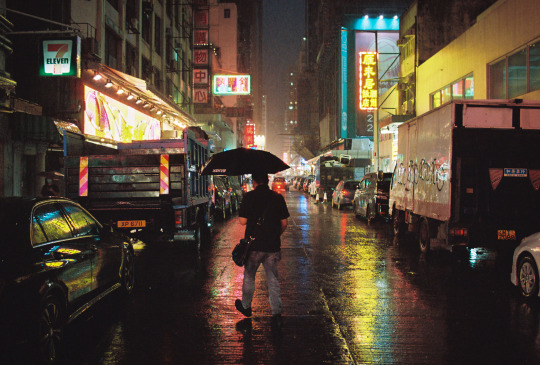

Mong Kok, Hong Kong on Kodak cinema film | by fishmonkeycow
#film#analog#city#hong kong#neon#rain#dark#night#color#street#street photography#urban#urban photography#cinema#cinematic#bladerunner#ghost in the shell#cyberpunk#photo#original photographers#photographers on tumblr#photography#photos
5K notes
·
View notes
Text

A Moment of Romance (1990) Dir. Benny Chan
7K notes
·
View notes
Text
"Discarded shells from restaurants and hotels are being used to restore damaged oyster ecosystems, promote biodiversity and lower pollution in the city’s bays...
Nestled in between the South China Sea and the Pearl River Delta, Hong Kong has been seen historically as an oyster hotspot. “They have been supporting our livelihood since ancient times,” says Anniqa Law Chung-kiu, a project manager at the Nature Conservancy (TNC) in Hong Kong. “Both oysters and their shells are treasures to humans.”
Over the past five decades, however, the city’s sprawling urban development, water pollution, as well as the over-harvesting and frequent seafloor dredging by the lime industry – which uses the crushed shells to make construction material – have destroyed Hong Kong’s oyster habitats and made the waters less hospitable for biodiversity.
The more oyster colonies falter, the worse the problem gets: oysters are filter feeders and purify water by gobbling up impurities. Just one Hong Kong oyster can filter up to 200 litres of water a day, more than any other known oyster species. But decades of rapid industrialisation have largely halted their water-purifying services.
The depletion of Hong Kong’s natural oyster reefs also affects the ability of local farmers to sustainably cultivate their oysters in a healthy environment, denting the reputation of the city’s 700-year oyster farming tradition, designated by Unesco as an “intangible cultural heritage”.
Inhabitants of the coast feel abandoned, says Ken Cheng Wai-kwan, the community leader of Ha Pak Nai on Hong Kong’s Deep Bay, facing the commercial city of Shenzhen in China. “This place is forgotten,” Cheng says. “Oysters have been rooted here for over 400 years. I ask the question: do we want to lose it, or not?”
A group of activists and scientists are taking up the challenge by collecting discarded oyster shells and recycling them to rebuild some of the reefs that have been destroyed and forgotten in the hope the oysters may make a comeback. They’ve selected locations around the island where data they’ve collected suggests ecosystems still have the potential to be rebooted, and there are still enough oyster larvae to recolonise and repopulate reefs. Ideally, this will have a positive effect on local biodiversity as a whole, and farming communities.
Farmers from Ha Pak Nai were among the first to hand over their discarded shells to the TNC team for recycling. Law’s team works with eight oyster farmers from Deep Bay to recycle up to 10 tonnes of shells every year [over 22,000 pounds]. They collect an average of 870kg every week [over 1,900 pounds] from 12 hotels, supermarkets, clubhouses and seafood restaurants in the city, including some of its most fashionable establishments. About 80 tonnes of shells [over 176,000 pounds] have been recycled since the project began in 2020.
Restaurants will soon be further incentivised to recycle the shells when Hong Kong introduces a new fee for waste removal – something that is routine in many countries, but only became law in Hong Kong in July and remains controversial...
Preliminary data shows some of the restored reefs have started to increase the levels of biodiversity, but more research is needed to determine to what extent they are contributing to the filtering of the water, says Law.
Scientists from the City University of Hong Kong are also looking to use oyster shells to increase biodiversity on the city’s concrete seawalls. They hope to provide tiny, wet shelter spots around the seawall in which organisms can find refuge during low tide.
“It’s a form of soft engineering, like a nature-based solution,” says Charlene Lai, a research assistant on the team."
-via The Guardian, December 22, 2023
#oyster#oyster farming#sea shells#seafood#hong kong#ecosystem restoration#biodiversity#ecosystem#water pollution#clean water#cultural heritage#marine life#marine animals#marine science#good news#hope
793 notes
·
View notes
Text

#china#anti capitalism#socialism#anarchy#communism#twitter post#rip twitter#leftism#tweet#twitter x#xitter#asia#taiwan#hong kong#asia pacific#chinatown#vietnam#cambodia#laos#cuba#cuban#ussr history#ussr#uss resolute#fuck the ussr#soviet union#russian history#soviet#stalin#world history
2K notes
·
View notes